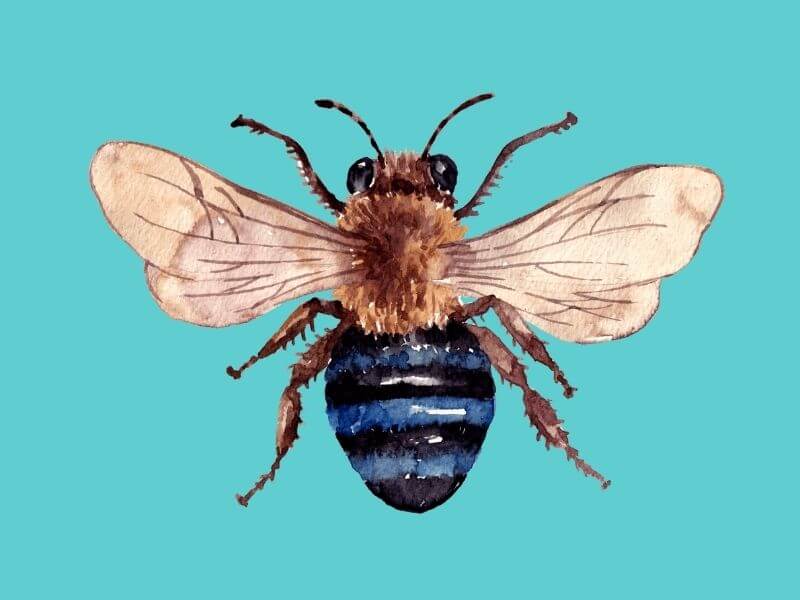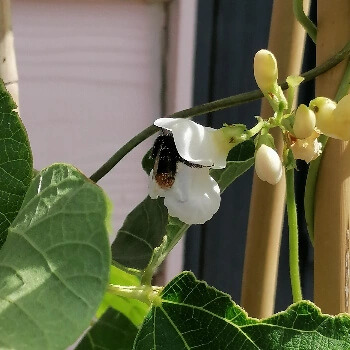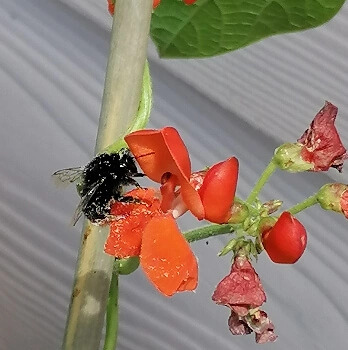Last updated on September 21st, 2023 at 12:33 pm
Everyone knows that bee season starts in spring, but the action really ramps up in early summer. What do bees do in summer that they can’t do the rest of the year?
Quite a bit! Everything from climate control to nest maintenance, food production, and caring for young, summer is the busiest time of year for bee colonies.
Air Conditioning
Keeping the nest or hive cool during summer is a vital job for worker bees. A hot and humid climate in confined quarters is the perfect environment for bacteria and fungus to thrive.
To prevent infections from spreading and to keep the nest at a comfortable temperature, bees create their own air conditioning.
Captive honeybees are kept in hives designed to mimic a natural nest. This means a small box tightly packed with racks that bees construct their chambers within.
In the wild, above ground bees build nests in tree hollows and below ground bees construct tight burrows. The design and construction of nests do not provide much ventilation, so the bees have to control the climate themselves.
When we get too hot, we plug in a fan to enjoy some cooler air. Bees create this same effect with their wings. They will cluster in warm areas of the nest and fan their wings.
This creates an airflow out of the nest, cooling the temperature of the hot spot. This is a much more efficient system than fanning the entire nest. By separating the inflow and outflow areas of the nest, the bees are able to maintain a more stable temperature.
In addition to fanning, worker bees will also deposit water around the nest or hive, which aids in the cooling of the ambient temperature. The optimal temperature for the young to develop is 34-36°C so maintaining this is imperative to continuing a healthy colony.
Food Production
Bees produce food from spring to late autumn for the colony to consume. Workers must continuously produce royal jelly, bee bread, and honey to feed the larvae. Each larva is fed every 2 minutes on average… that’s a lot of food!
Worker bees must also think about winter and how the colony will be supported. Nectar collection is at its highest during the summer months and much of this will be stored for use during winter. Without enough food, most of the colony would perish during winter.
Looking for an interesting read? Check out our short article on are bees attracted to blood.
Pollination
As the nectar collection hits its peak, so too does the pollination of plants. Bees are one of the most important pollinator species for the food industry, accounting for approximately 80% of worldwide food production.
You’ll often see bumblebees hovering in mid-air assessing flowers for potential harvesting.
Bees also pollinate wild growing plants and flowers, supporting greater genetic diversity among native flora. Find out, how much do bees pollinate?
This is vital for other native animals that rely on plants, berries, leaves, and fruits.
Without bees to pollinate the flowers and plants, there would not be enough vegetation to support the thousands of native insects, birds, and mammals.
If these species began to decline, so too would the predatory species. This would put foxes, badgers, reptiles, and birds of prey at risk of extinction too.
While we enjoy our summer holidays and bask in the glorious weather, bees are working harder than ever to keep their colony fit, healthy and well-fed.






